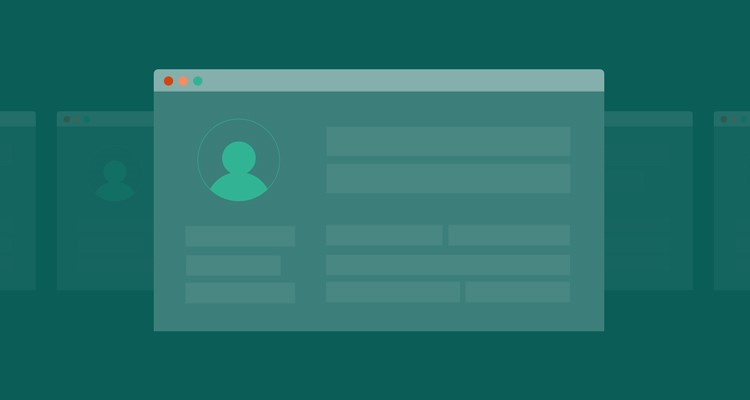You’re spending hours trying to convert the leads in your CRM.
But no matter how hard you try; the conversions aren’t coming.
The first thought that comes to mind is a poor sales process.
However, that’s not always the case.
If the leads entering your sales pipeline aren’t high-quality, no push will be great enough to tip them over the line to become a loyal customer.
It’s tough to know which leads are “high-quality” unless you’re using customer profiles.
In this article, we’ll share everything you need to know about customer profiles - including what they are, how you can benefit from them and how to create your very own.
What is a customer profile?
A customer profile tells you everything about the people you want to bring onto your customer list.
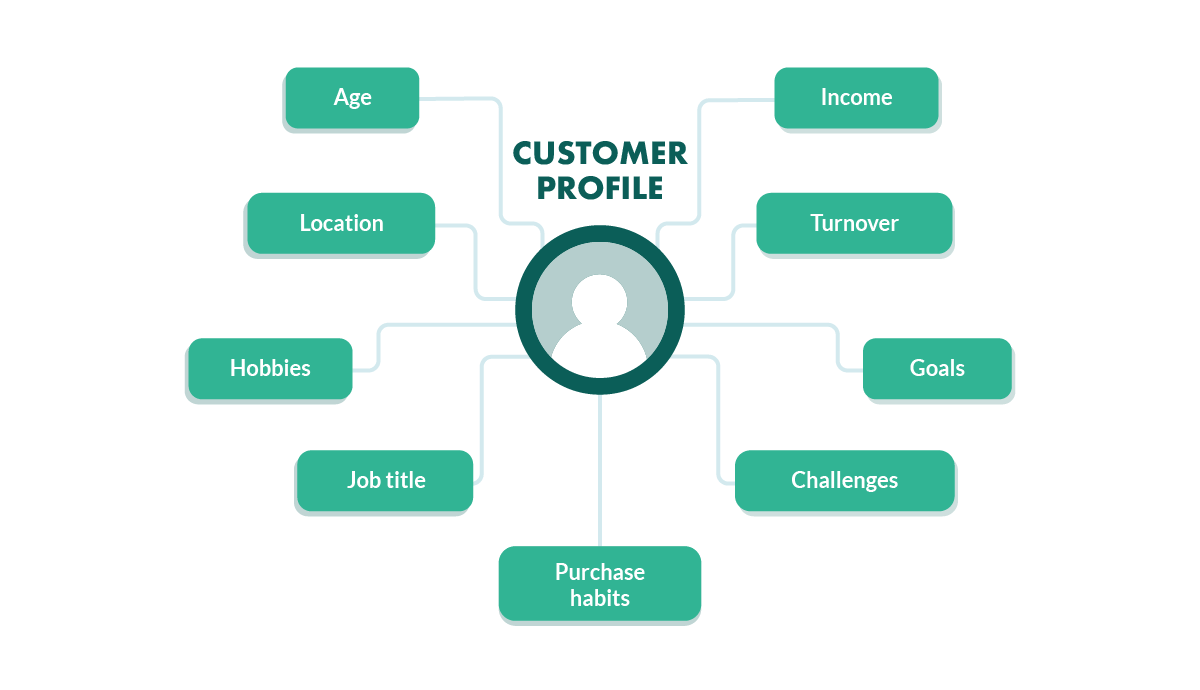
It includes common details they tend to share, such as their:
- Age
- Location
- Hobbies
- Job title
- Income
- Purchasing habits
- Goals or motivations
- Challenges or pain points
A B2B customer profile should also include the firmographic data of their targets—such as their company size, employee count, or annual turnover.
Customer profiles are often referred to as buyer personas or user profiles. Each term essentially means the same thing: A single document that lists key demographics, interests, and behaviors of your target customers.
The benefits of customer profiling
Now we’re clear on exactly what a customer profile is, you might be questioning whether you actually need them.
The short answer? You do.
Research from Tech Validate found that 99% of marketers cite being able to create, store and leverage universal 360-degree customer profiles as either important or extremely important.
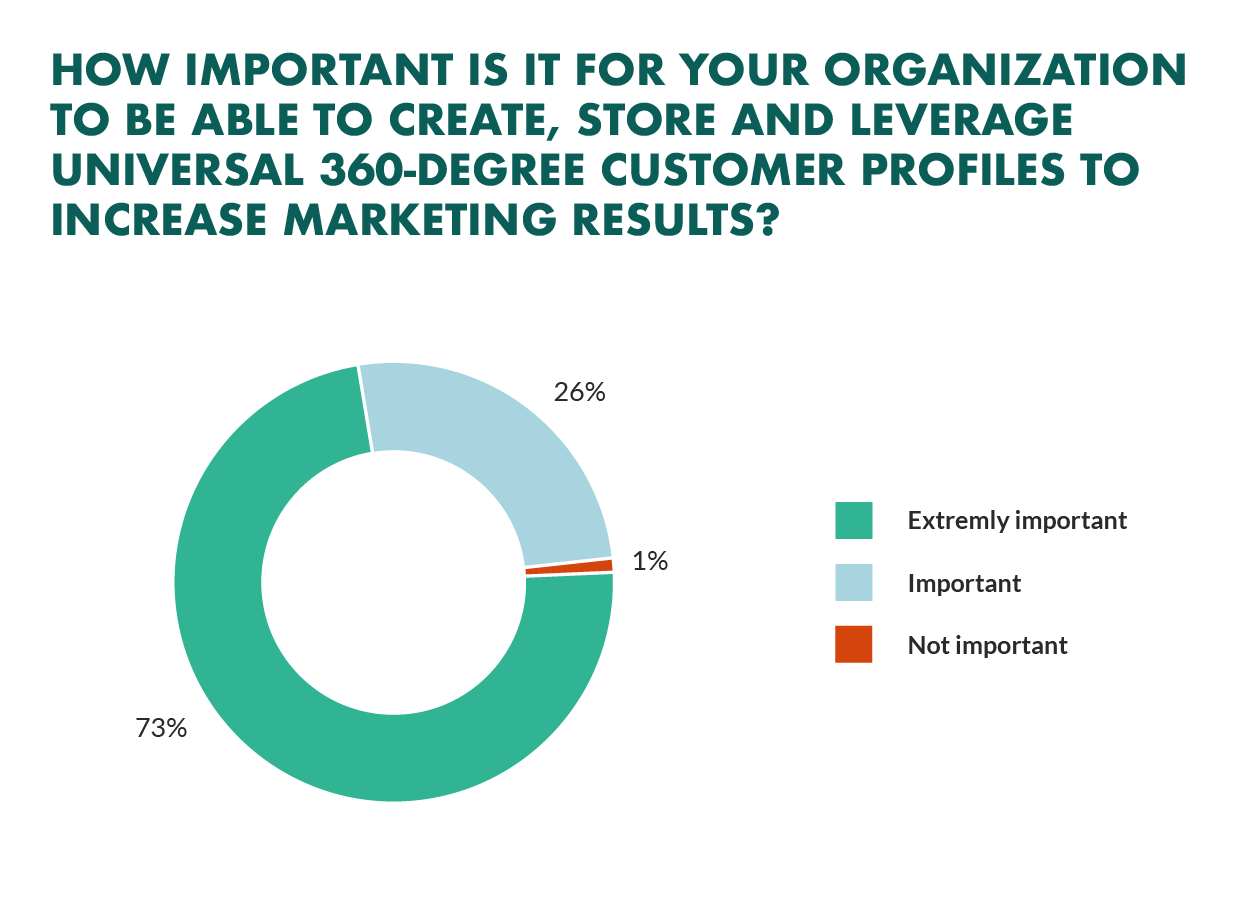
Why do marketers consider customer profiles so important?
Here’s why.
It's easier to find new leads
When you put together a user profile, you’ll know the exact traits your target customers share.
This data is a goldmine for sales teams because they can use the information you’ve already collected about your customers to actively generate new leads that fit the same criteria.
You can quickly qualify new targets
How many of the leads who make their way to your pipeline actually convert?
If 100 leads come through to your sales team, just 25% of them might actually be the people you want to convert. But it doesn’t make sense to nurture them all; you just need to identify the leads most likely to hit “purchase”.
So, for each new lead that comes in, map them across to your customer profile using the data you’ve already collected about them. Prioritize nurturing those who are a match.
It helps with account-based marketing
It’s no secret that personalization is here to stay.
One report found 52% of consumers are willing to share personal data in exchange for personalized offers or discounts—something you can use customer profiling to take advantage of.
When you’re using an account-based marketing strategy, you’ll need to personalize the communication your sales team have with each lead. It’s tough to do that on a large scale when you don’t have much time to invest into learning about each individual lead.
But when customer profiles come into the mix, you can focus on their pain points they share.
You’ll be able to aggravate the problems your leads are facing when they match your buyer persona—and prove that your product or service can solve it.
Build customer loyalty
Your job doesn’t end when a lead becomes a customer.
The most successful businesses focus on customer retention - keeping existing customers around, encouraging them to become loyal to your brand, and persuading them to purchase time and time again.
There’s a reason for this: It’s five times cheaper to retain an existing customer than acquire a new one.
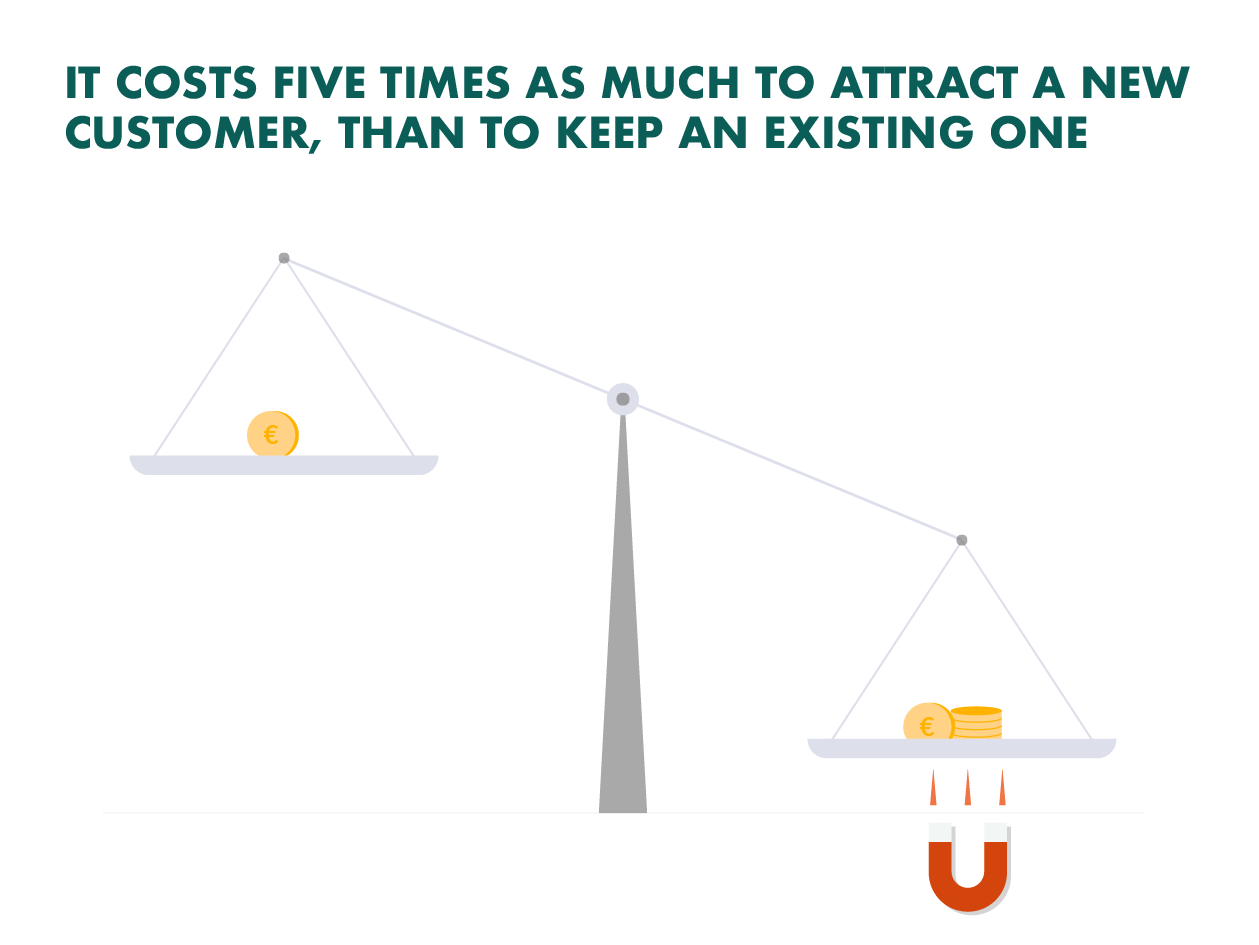
Customer profiles slot in perfectly here because you can use a lead’s interests to personalize the post-purchase marketing campaigns you’re sending to them.
Why wouldn’t they want to continue purchasing from your brand if you’re going above and beyond to send more free, relevant content in their direction once they’re on-board?
How to create customer profiles
You’ll need to make a customer profile as soon as possible to experience those benefits.
...But don’t fall into the trap of assuming the traits your target customers share.
Customer profiles that are based on guesswork are usually inaccurate. You might find target leads have traits you never thought of-or don’t have the qualities you thought.
The biggest challenge here is accessing enough data to provide a comprehensive overview of your customer.
In fact, it's a challenge that 1 in 2 marketers currently face with 57% saying they miss important data points to provide a full overview of their customer.
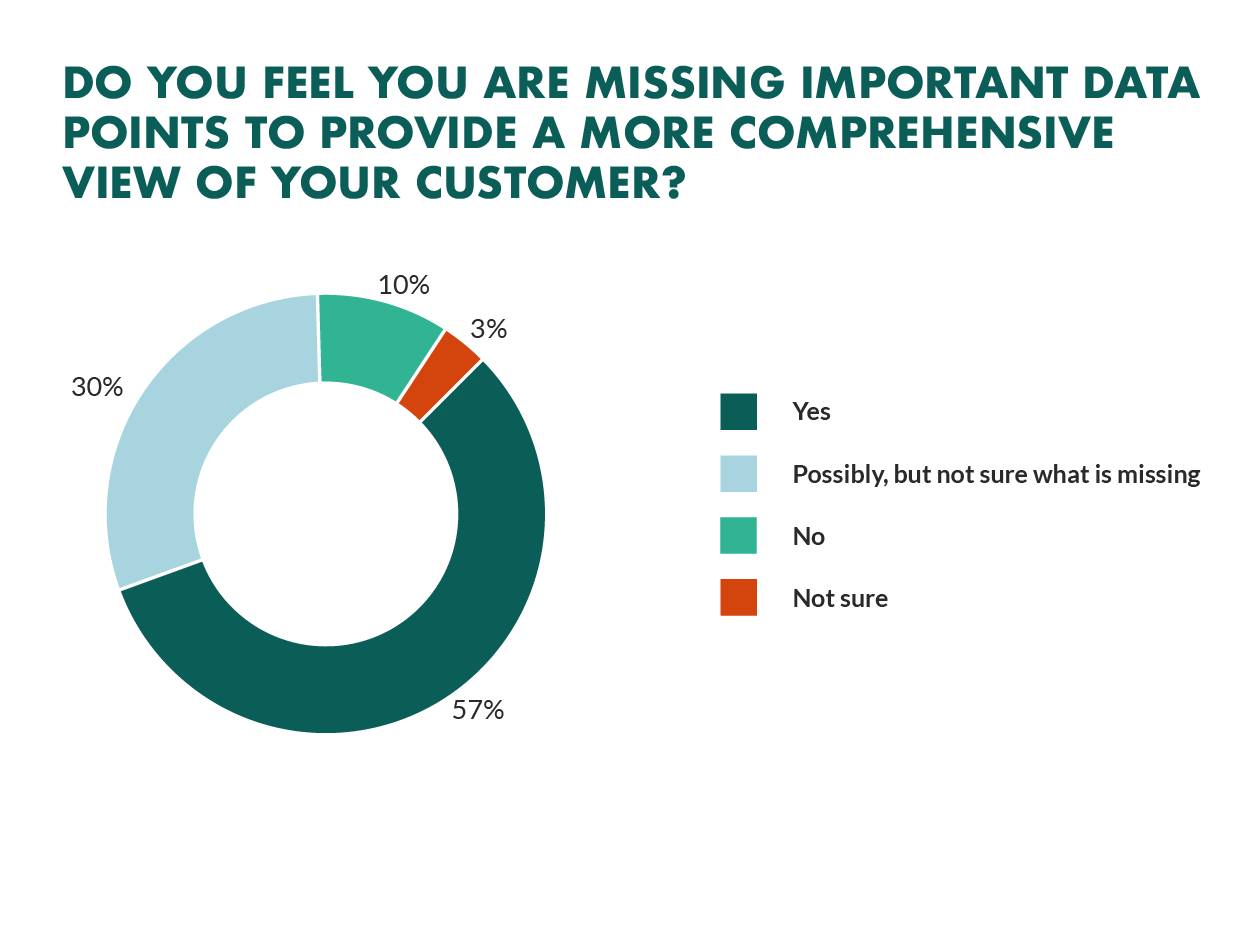
Want to know how to capture the right data points?
Then follow this three-step guide to create (accurate) customer profiles:
1. Talk to your sales team
Your sales team talk to your current customers day-in, day-out.
They know them better than anyone else—making them a great resource for your customer profile building. So, ask your sales team to find the common traits, behaviors or motivations that people tend to show before they hit “purchase”.
For example: Do your sales team often spend time answering questions like “when will our first payment be taken”? Chances are, many of your future customers will be struggling with the same thing: Upfront payment.
You can be aware of this when nurturing future leads by including their concerns under the “challenges” section of your customer profile.
2. Survey your customers
Talking to your sales team is a great starting point.
But it’s almost impossible to find out what your customers are thinking unless you ask them. So, go straight to the horses’ mouth and ask them what they think!
Also, known as voice of customer (VOC), you can get direct feedback from customers using survey tools like Survey Monkey, Typeform and SuperOffice forms.
Ask your existing customers to answer key questions that fill the gaps, such as:
- What does a typical day look like for you?
- Which online forums do you use?
- Which influencers do you follow?
- What problem(s) did we help you to solve?
- What is the fastest way for somebody to make you angry?
Once you’ve got the answers from a relatively large sample size, analyze the data and find the common denominators.
3. Store their details in a central CRM
By this point, you should have a good understanding of the people you’re targeting.
You don’t want all of your hard work to go to waste. So, create a template for your customer profile in your CRM. Give them a name, list the traits you’ve found in their description, and pin them internally so your entire company can see.
Then, make your sales and marketing teams refer back to your CRM entry regularly to see the type of lead you want to attract/engage. That way, you won’t spend time finding or nurturing leads who don’t fit your customer profile.
(Don’t forget to make it obvious that your personas aren’t real people. Otherwise, your sales team might waste time trying to convert them!)
Conclusion
There’s no doubting that customer profiles are essential for any sales or marketing team.
The more you know about your customers, the better chance you have at personalizing their messages. That will undoubtedly put you in with a better chance of converting them—especially when 86% of buyers are more likely to buy from a company that offers personalized experiences.
Remember to base your customer profiles off real data rather than guesswork, survey your existing customers, and create a new buyer persona for each distinctive character trait that doesn’t already slot within an existing profile.
It’s a great way to find (and nurture) the leads you’re trying to turn into customers.
Looking for a user-friendly CRM system to store your customer profiles in? Sign up below and our CRM experts will show you how.
